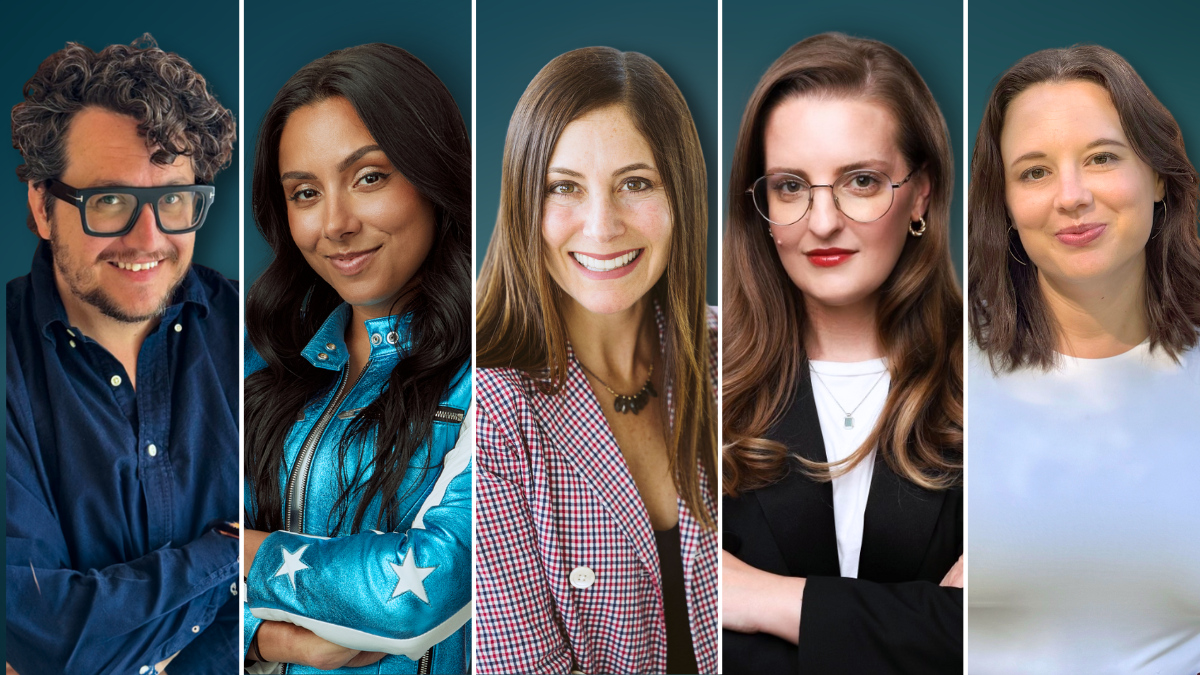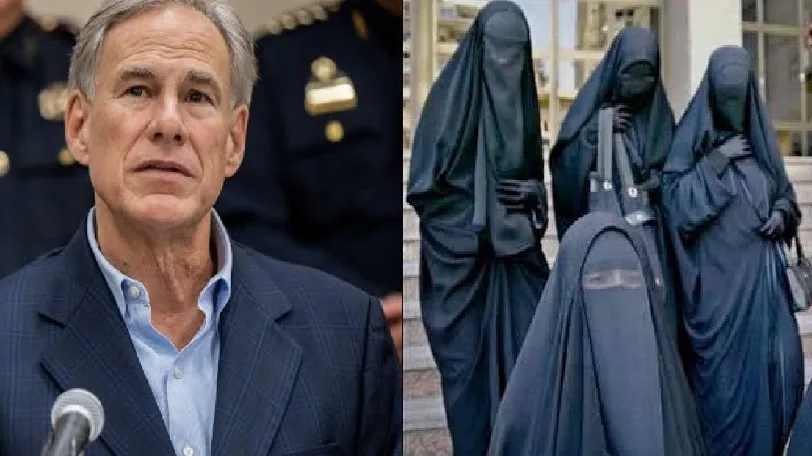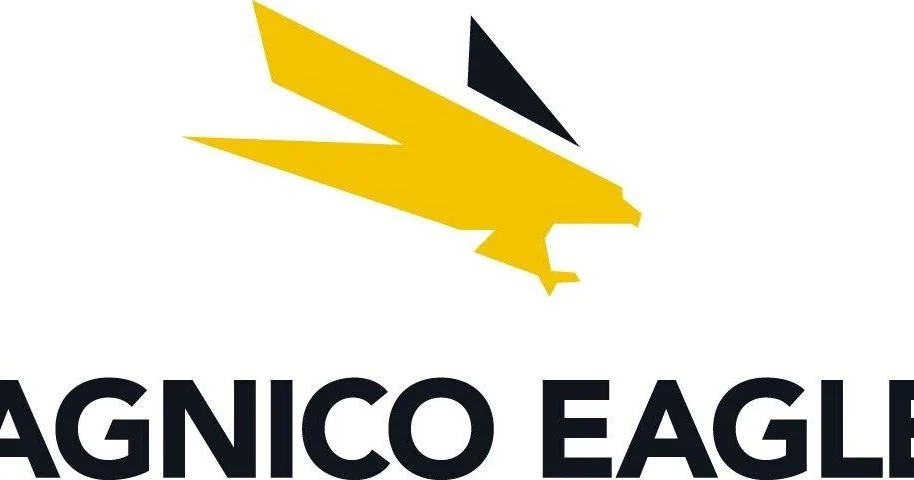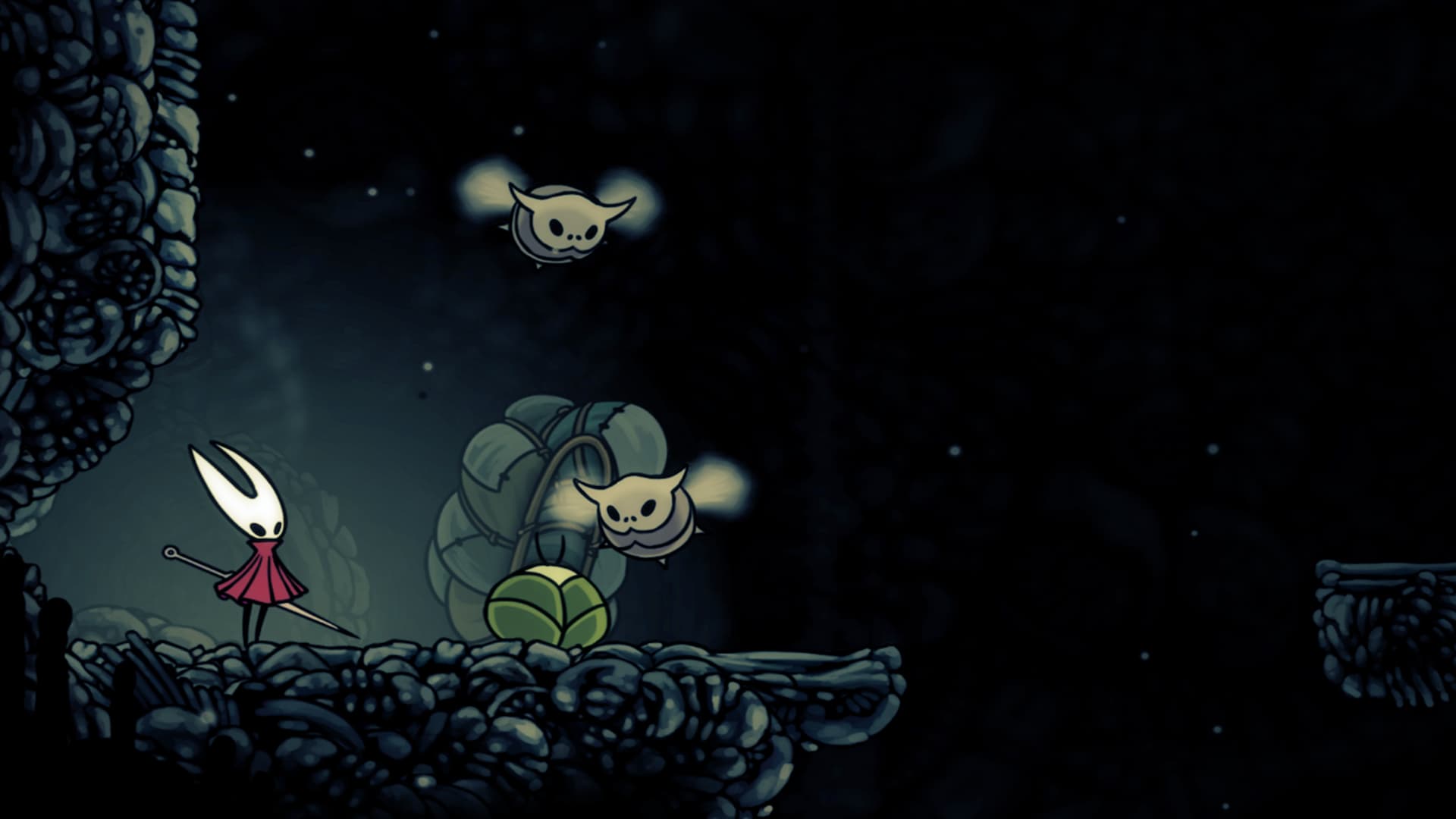By Kayla Cobb
Copyright thewrap

If you were to tell Michelle Khare seven years ago that she would be recreating Tom Cruise’s deadliest stunt on her YouTube channel, she would have been shocked.
“I don’t know if I would have believed you,” the host and creator of “Challenge Accepted” said on TheWrap’s latest roundtable, “Creator Power: The Business of Influence presented by Adobe.”
“I think that is just indicative of how quickly the industry has changed and matured and also how much I personally am inspired by other creators who have spun their opportunities into reinvesting in themselves, their own IP and their own ownership, rather than taking it elsewhere,” Khare said.
At a time when traditional media companies are consolidating and scrambling to find growth, user-generated content and the creator space is seeing a surge of interest and investment. The creator economy — defined as everything from ads pulled in from YouTube content to merchandising and marketing partnerships — is expected to grow to $480 billion by 2027, according to Goldman Sachs.
Khare, who has won two Streamy Awards and has over 5.2 million subscribers on YouTube, is living proof about how much the creator ecosystem has evolved. Earlier this year, she was one of three channels YouTube backed in its quest to secure creators an Emmy nomination. It’s a shift that reflects both how the industry at large has started to embrace creators and how creators themselves have evolved to become more entrepreneurial.
“They’re modern media companies,” said Jared Carneson, global head of social at Adobe. “They have circulation that rivals traditional media companies. They have more watch time and eyeballs on them than Hollywood blockbusters.”
“We’re seeing massively increased viewership on living room and television devices,” Khare said. “YouTubers are technically creating TV shows, and viewers are technically choosing them over other shows. I love that because — to me — it’s reflective of a democracy of content creation. Whereas historically, in traditional Hollywood, it has been, ‘Does a room of suits believe in my idea?’ or ‘Does this casting director like my self tape?’ and ‘Are they paying attention when they’re watching it?’ now it feels like a far more direct relationship to the audience.”
And everyone is taking notice.
‘Natural extension’
Alessandra Catanese, the CEO of the comedy-centered production company Smosh, told TheWrap that it’s not just Hollywood that’s taking creators more seriously as of late. It’s also advertisers and companies that specialize in merchandising and franchising.
“Creators are building businesses off of the products that are genuine to them. It’s not just selling themselves or the content they create but being able to find natural extensions of themselves as well,” Catanese explained. “That’s just a natural evolution in a capitalist economy.”
Nowhere is that acceptance more apparent than in the living room. In August, YouTube broke yet another Nielsen viewership record, beating The Walt Disney Company as the media distributor responsible for the most overall TV watch time. YouTube accounted for 13.4% of all TV usage during the month compared to Disney’s 9.4%. It’s now not uncommon to see the YouTube app living next to tiles for major streamers like Netflix, Hulu and Apple TV+.
That democratization of content and audience attention is only expected to continue. YouTube breaks a Nielsen viewership record so often, it now hardly feels like news.
Impact of AI
As audiences move more toward creator-generated content, the rise of artificial intelligence has allowed creators to tackle more ambitious projects.
The influencer economy has always required creators to wear multiple hats — talent, writer, editor and producer, just to name a few of the most common roles. But with the rise of AI tools, time-consuming tasks like sound clarification or adding in captions can be automated.
“It’s hard to master a single tool, never mind master a suite of tools, to be able to do all of that stuff effectively. It’s exciting to see AI coming in and helping close that gap,” Carneson said. When it comes to Adobe designing its AI-driven tools, one of the main goals is to give users more access to these projects and to decrease the barrier to entry.
“There is no storytelling that isn’t human centered,” Carneson added. “AI is a great optimizer. It’s a great augmenter of things. But it is a tool.”
That’s also a goal of Meta, the company behind social media power players Facebook and Instagram. “With all of our apps — everything that we’re building, the products inside, the features inside of our current apps and the new apps — it’s all towards AI,” said Megan Bycel, the head of public figures and creator partnerships in North America at Meta.
Meta, in particular has been very outspoken about its embrace of AI as well as its desire to create a “superintelligence” lab. The company has bet big on AI, and in July said operating expenses would range between $113 billion and $118 billion, with much of that believed to be dedicated to the technology.
“AI is only going to become more and more prevalent in our day-to-day, in our world, inside and outside of Meta,” Bycel said, paraphrasing something that was recently said to her by a member of Meta’s senior leadership team. “Every single day, challenge yourself to try to use AI in some way, shape or form because then you’ll just get more and more comfortable with the idea.”
As for Catanese and Khare — the two panelists who are more directly involved with content creation — both expressed interest in using AI but emphasized that the emerging technology should never replace human artists or professionals.
“Smosh has a bit of a purist take on this where we’re not fully anti-AI, but we don’t support the notion that AI could replace creatives,” Catanese said. “That was an early assumption with AI, like, ‘We’re going to use AI to create X, Y and Z, or to replace these jobs.’ I think even the audience is really seeing and feeling allergic to that.”
Smosh only considers using AI tools as a way to support roles that already exist. “We’re very people first, not just creator first,” Catanese said.
As for Khare, she likened AI’s potential impact on entertainment to the evolution of “Survivor.” The CBS reality show first premiered in 2000. Over the years, the camerawork and storytelling has evolved and become more sophisticated, but the main conceit of the show has never changed.
“It’s a story about a group of humans stranded on an island and trying to survive their way to winning the competition,” Khare said. “That is how I view the progression of documentary in this new era of technology. At the end of the day with ‘Challenge Accepted,’ we’re focused on telling human stories and elevating that truth and that reality to our audience as much as we possibly can.”
Watch the full roundtable above.



